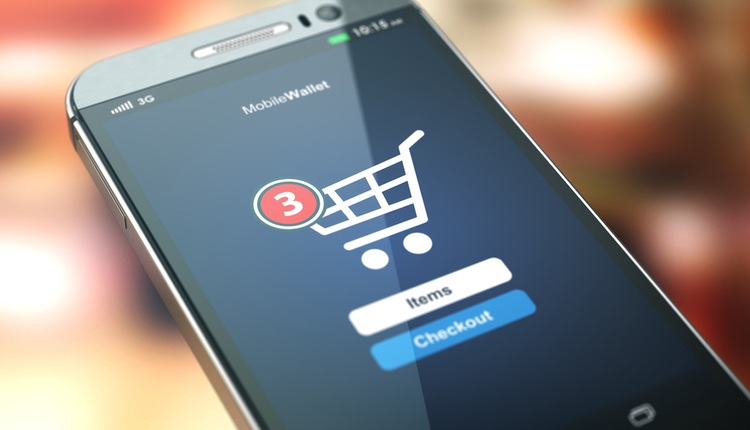The global e-commerce world is in an outright battle to find the lowest delivery cost solution to compete with Amazon. Their free, two-day delivery has been a disruptive trend for all merchants. However, this has enabled creative solutions to be brought into the market. Amazon has developed their US and global networks to be close to the consumer. Now, most retailers luckily have an opportunity to compete with Amazon without breaking the bank. Let’s explore some of the options available to e-tailers as they attempt to up their game:
Ship from Store: This is not a new option, but it’s not currently being utilized to its full potential. Retailers already have the investment in their store and can add a shipping element by dedicating space that is not disruptive to the store operations. For example, this option could be incorporated into the returns area of the store. This option to ship from the store will give the retailer the ability to provide one- or two-day delivery, which is right in line with Amazon.
Utilization of USPS: I am continually amazed by the number of e-tailers who do not use the USPS for lightweight packages (those weighing five pounds or under). A two-pound package shipped via the USPS would cost $7.42 (Zone1-2) to $10.86 (Zone 8). This same package would cost $12.63 with the other major carriers (assuming a minimum rate of $7.85, a residential delivery surcharge $3.95, and a seven percent fuel surcharge). They also deliver most of these shipments within two days… again, allowing companies to provide a delivery experience that is on par with Amazon.
Local Delivery Partners: There are many local courier companies that are getting into the e-commerce delivery business. They are a great option and have always been committed to a high quality of delivery. DHL has developed a new solution called “Parcel Metro,” which allows merchants to utilize their local facilities to offer same-day or next-day delivery at a very competitive rate.
Regional Carriers: The regional carriers have become an option for e-tailers/retailers that need a delivery footprint larger than that of the local couriers.
These options are all great opportunities to compete with the e-commerce giant, but the shipper needs to have the technology that will pull them all together. The new trend in the market is to use a multi-carrier shipping system that embraces the concept of parcel optimization. This is an automated process that will allow the shipper to use the lowest cost service for the desired delivery. Amazon is already doing this on an enterprise basis and will soon be using their own delivery network to make the final delivery.
In addition to developing a matrix-based delivery system, I believe most merchants will be looking at order profiles and offer different options to drive down the delivery cost. As artificial intelligence gains strength in e-commerce, merchants will begin to understand the “cost to serve” for each consumer. This will change the way in which consumers order and get deliveries.
The battle for the lowest cost of delivery is on. This has been good for the parcel industry because it has created innovative thinking for change. How are you using delivery as a competitive advantage?
Michael J. Ryan is the Executive Vice President at Preferred Shipping (www.preferredship.com) and has over 25 years of experience in the parcel industry. He can be reached at 708.224.1498 or michael.ryan@preferredship.com.



















